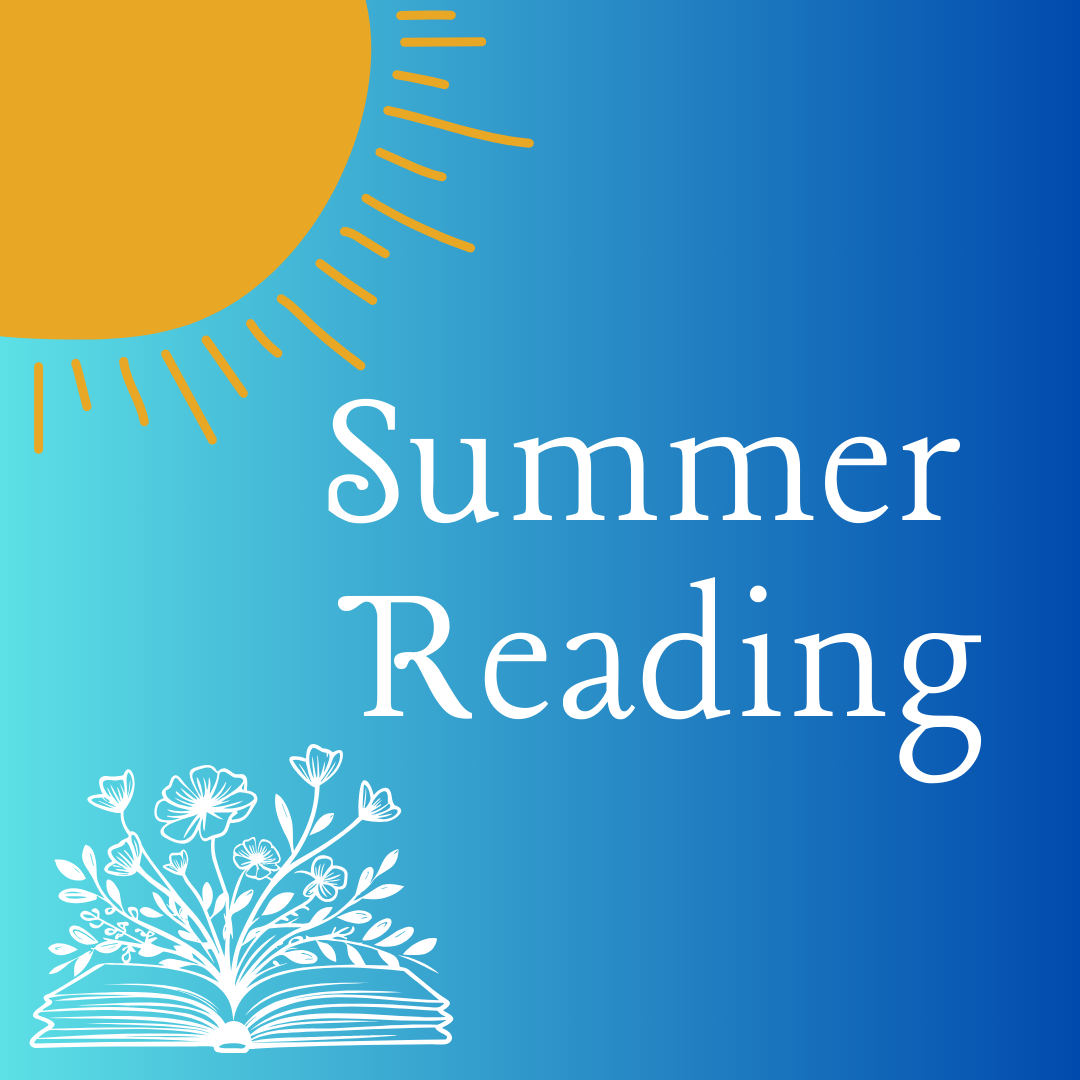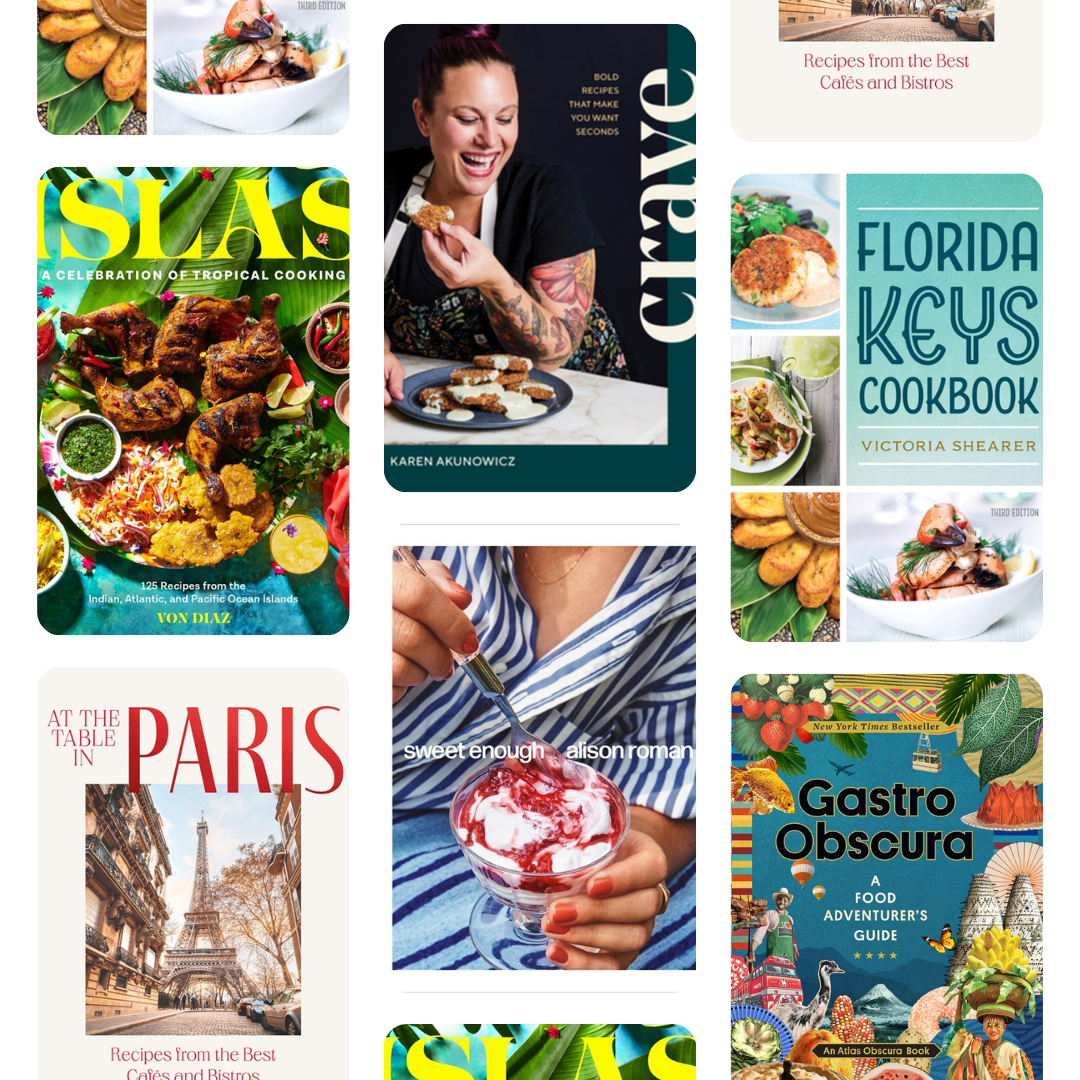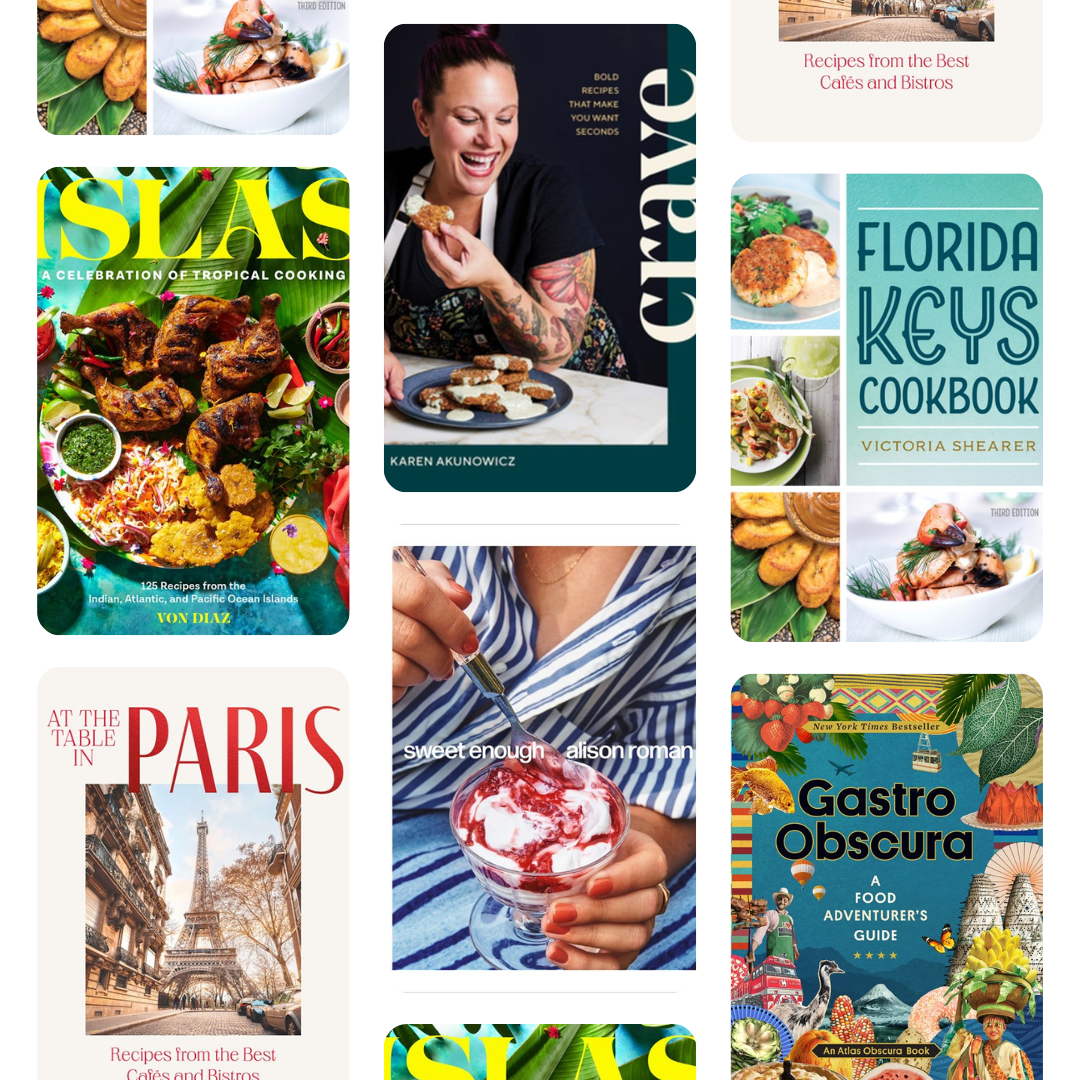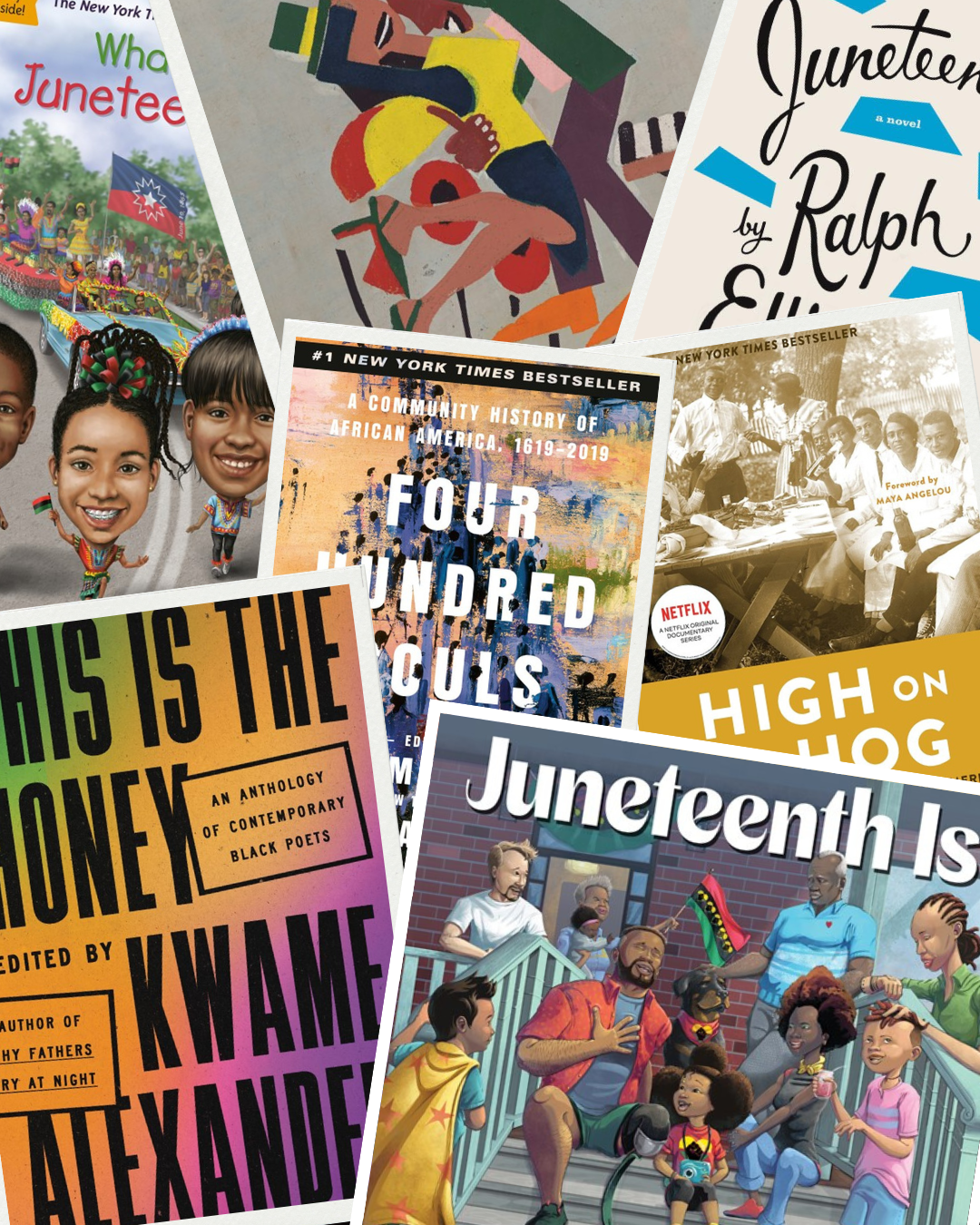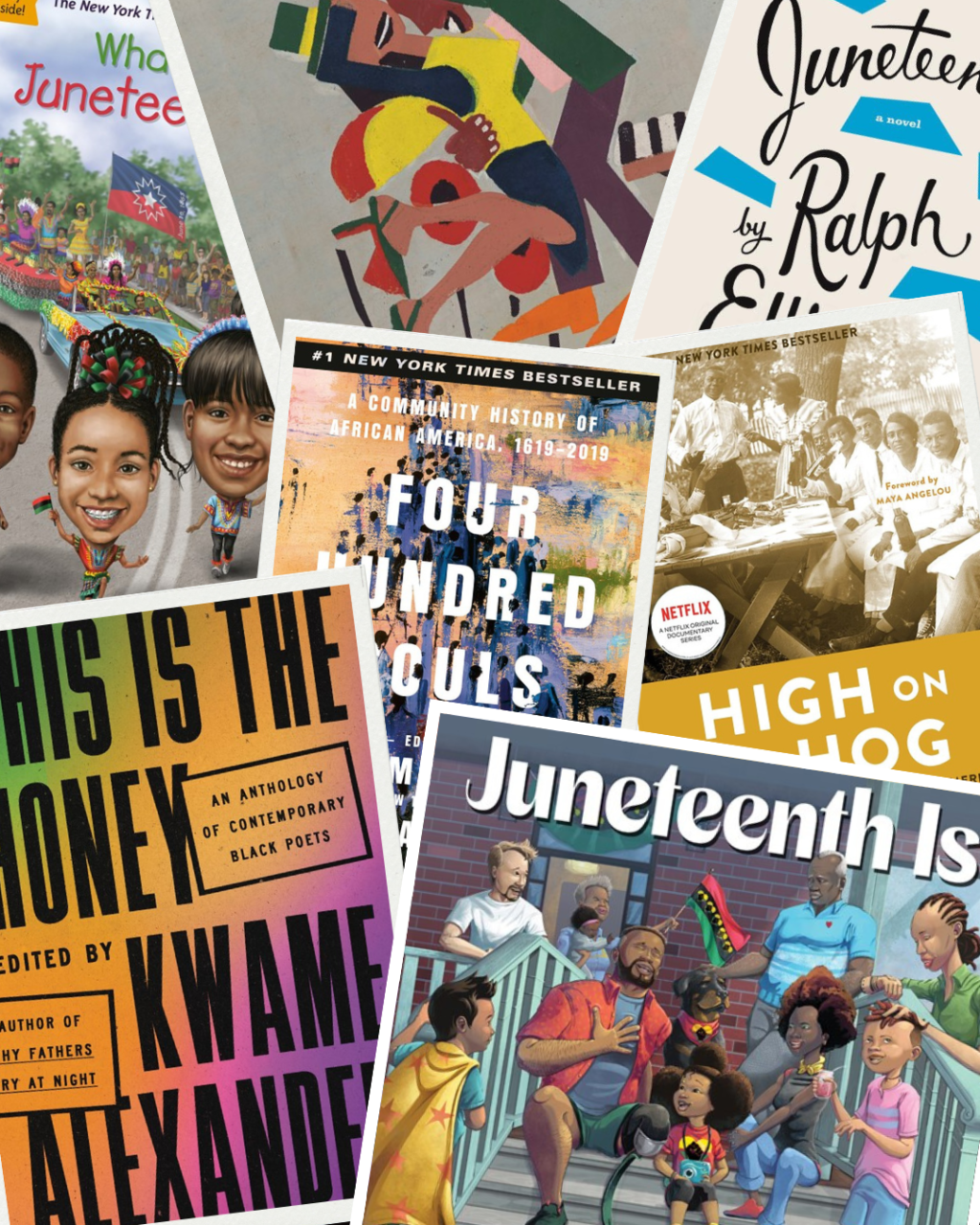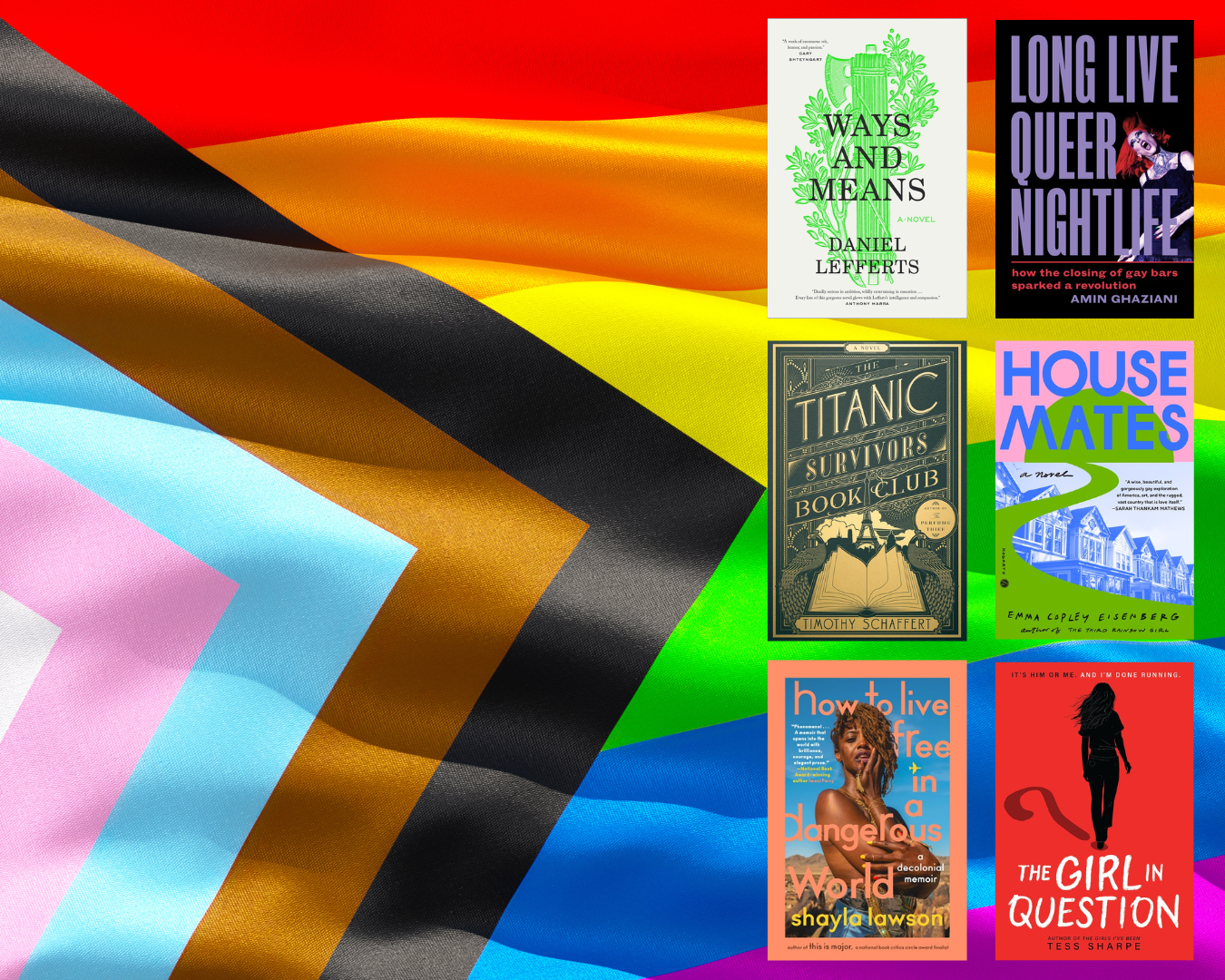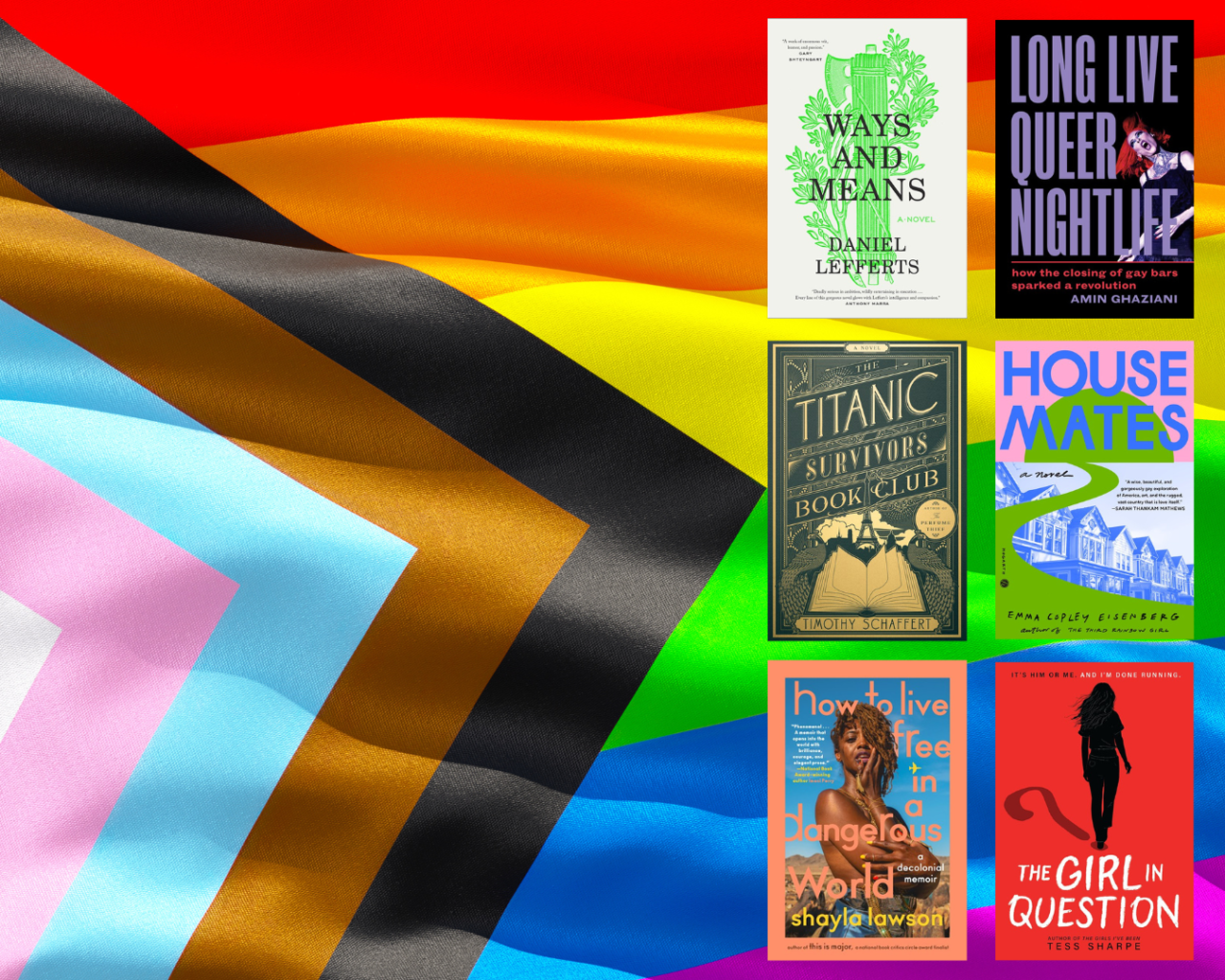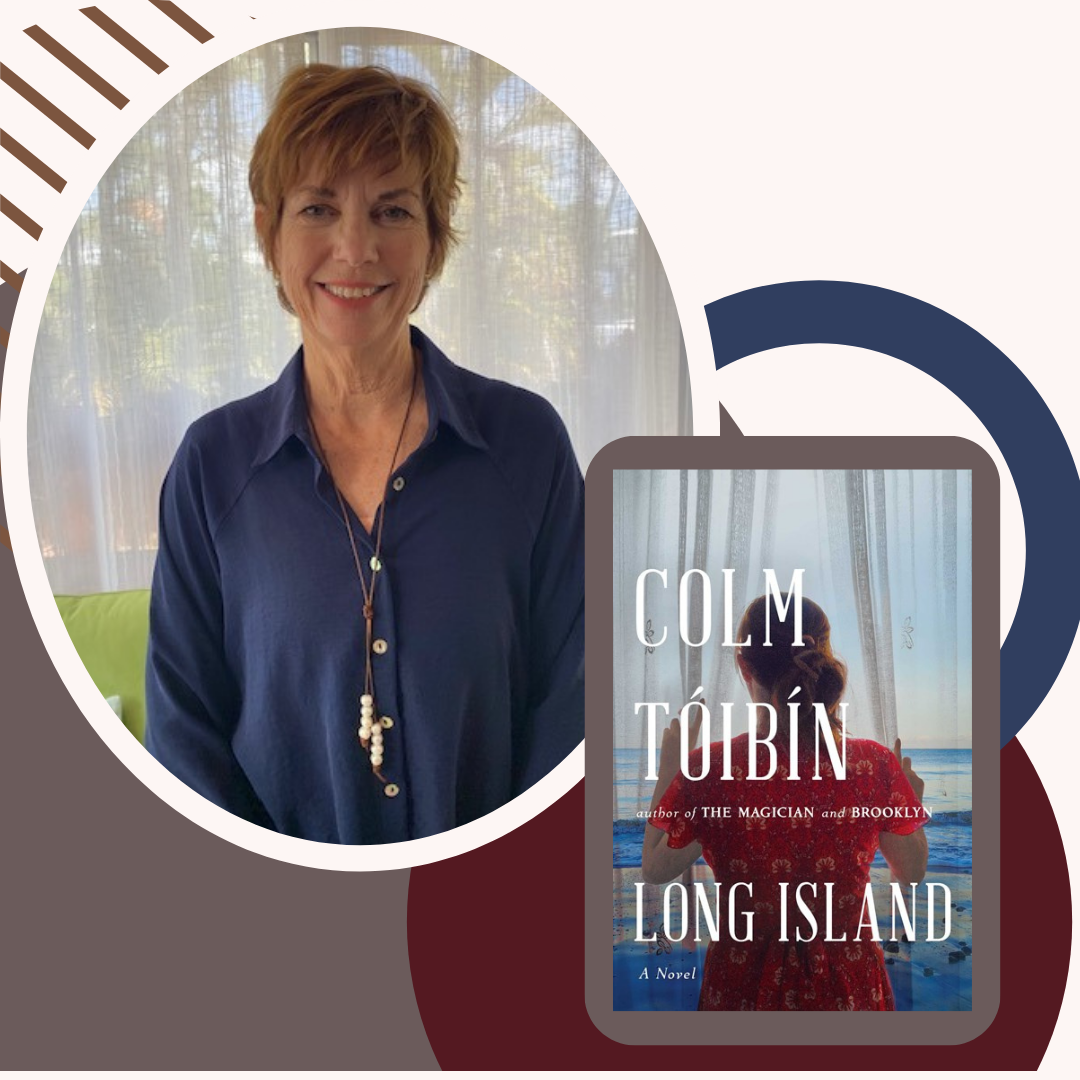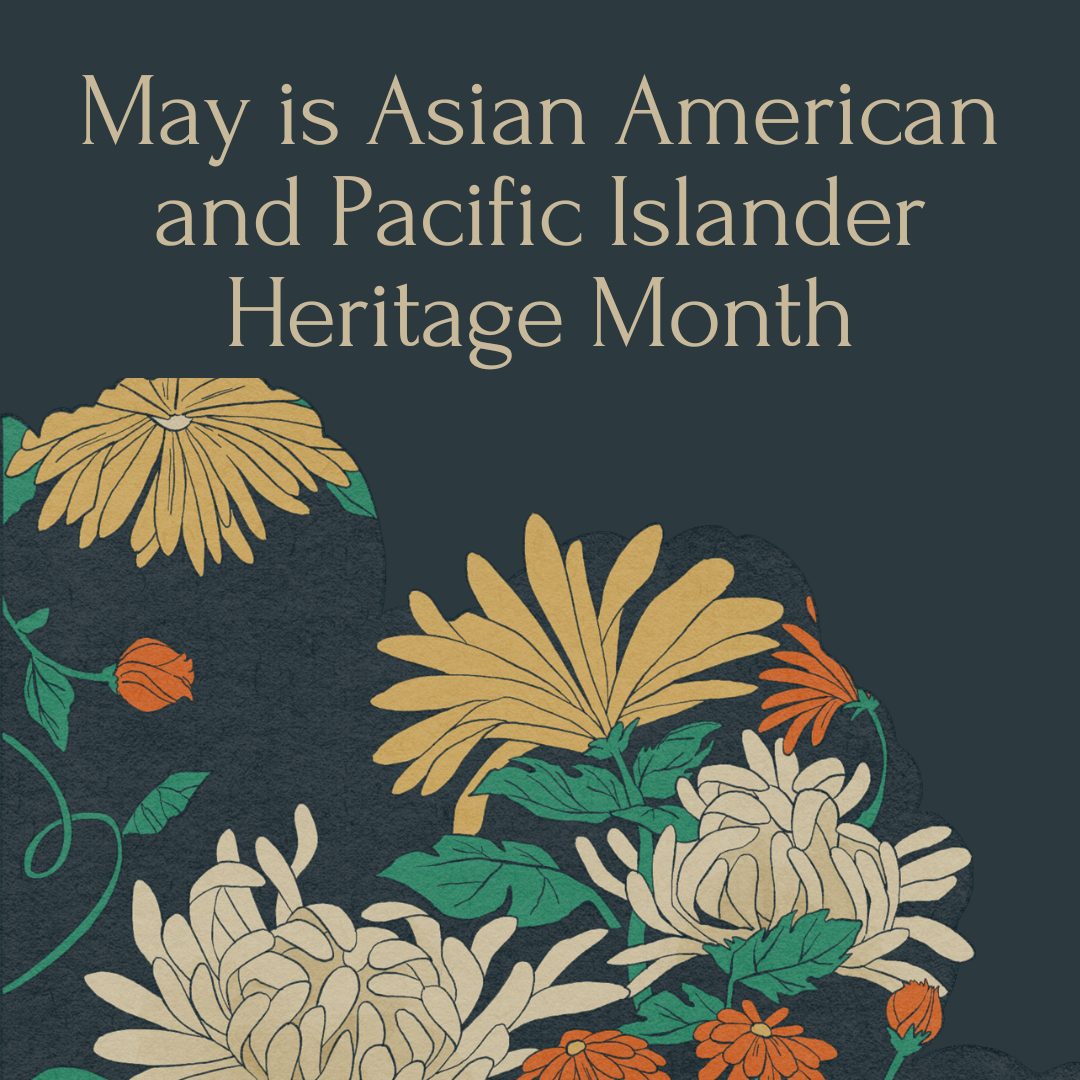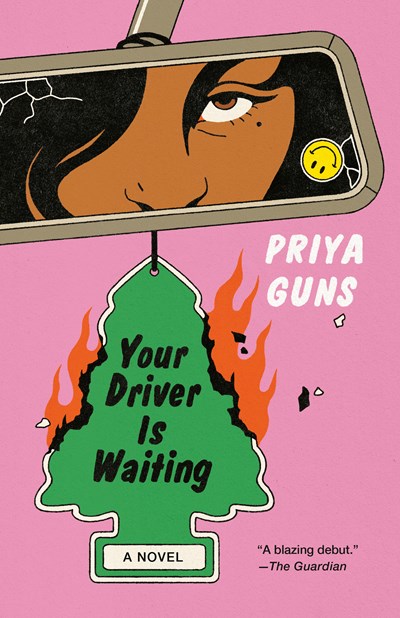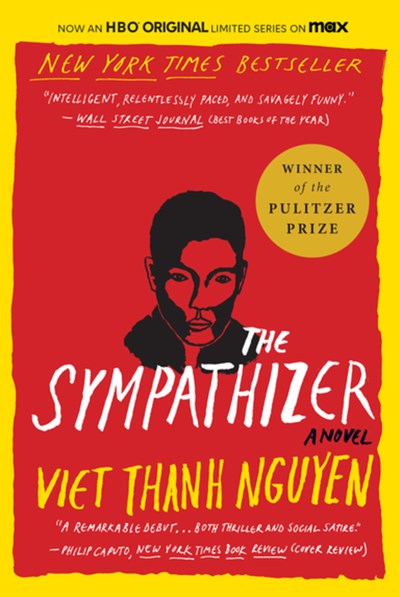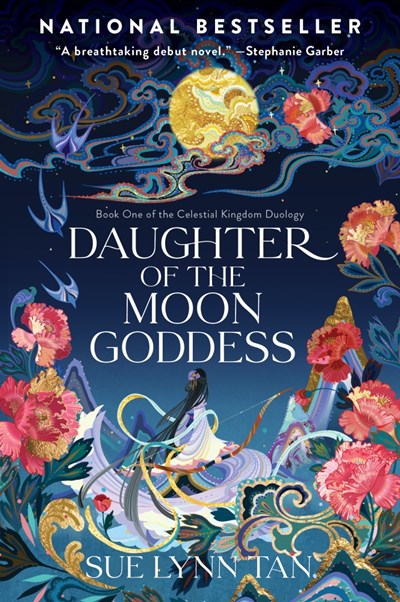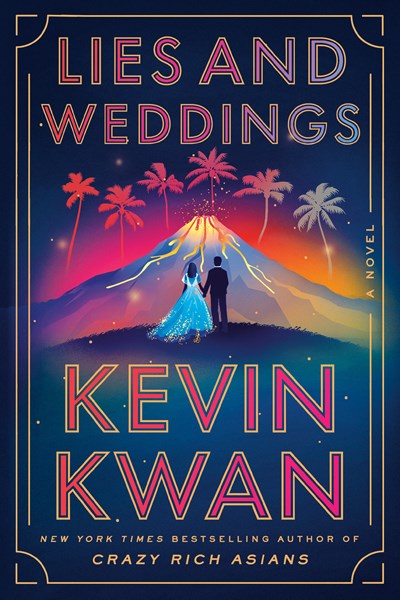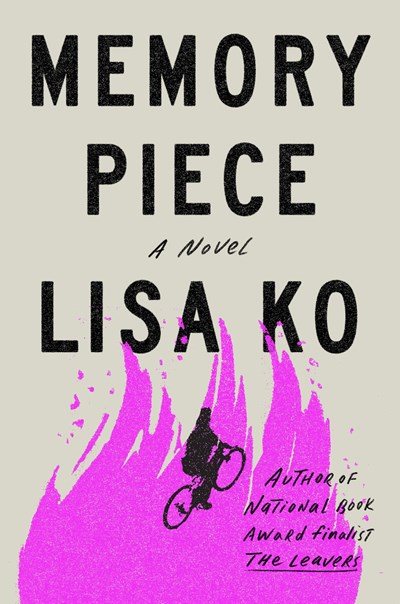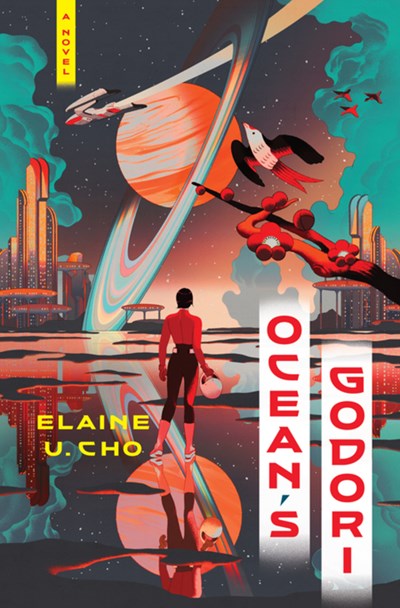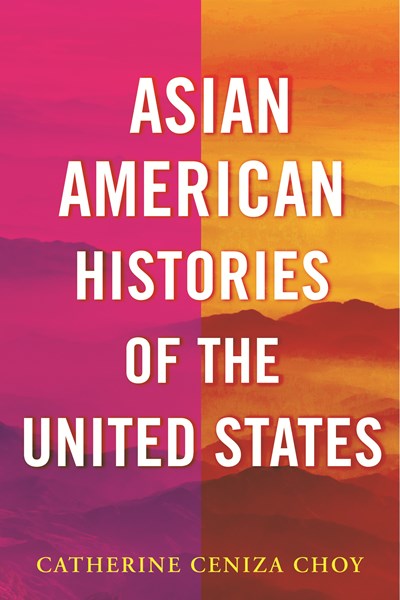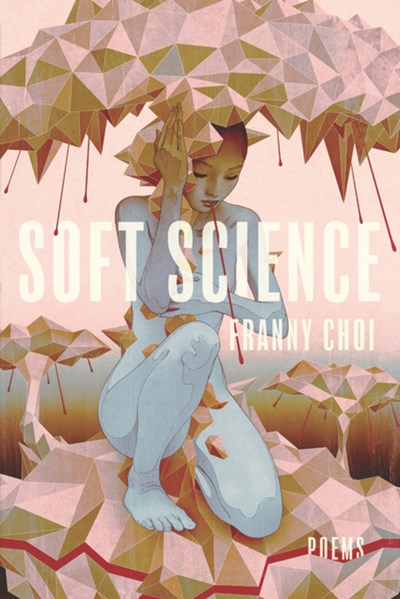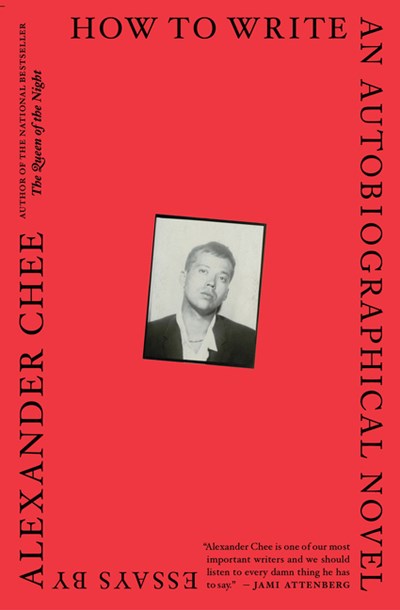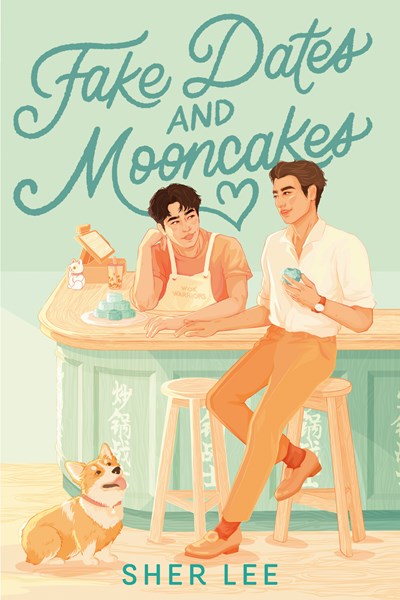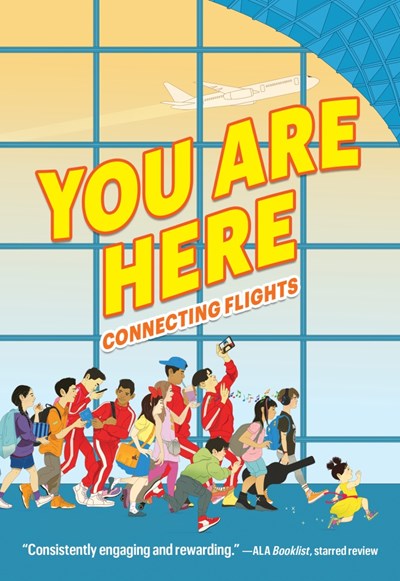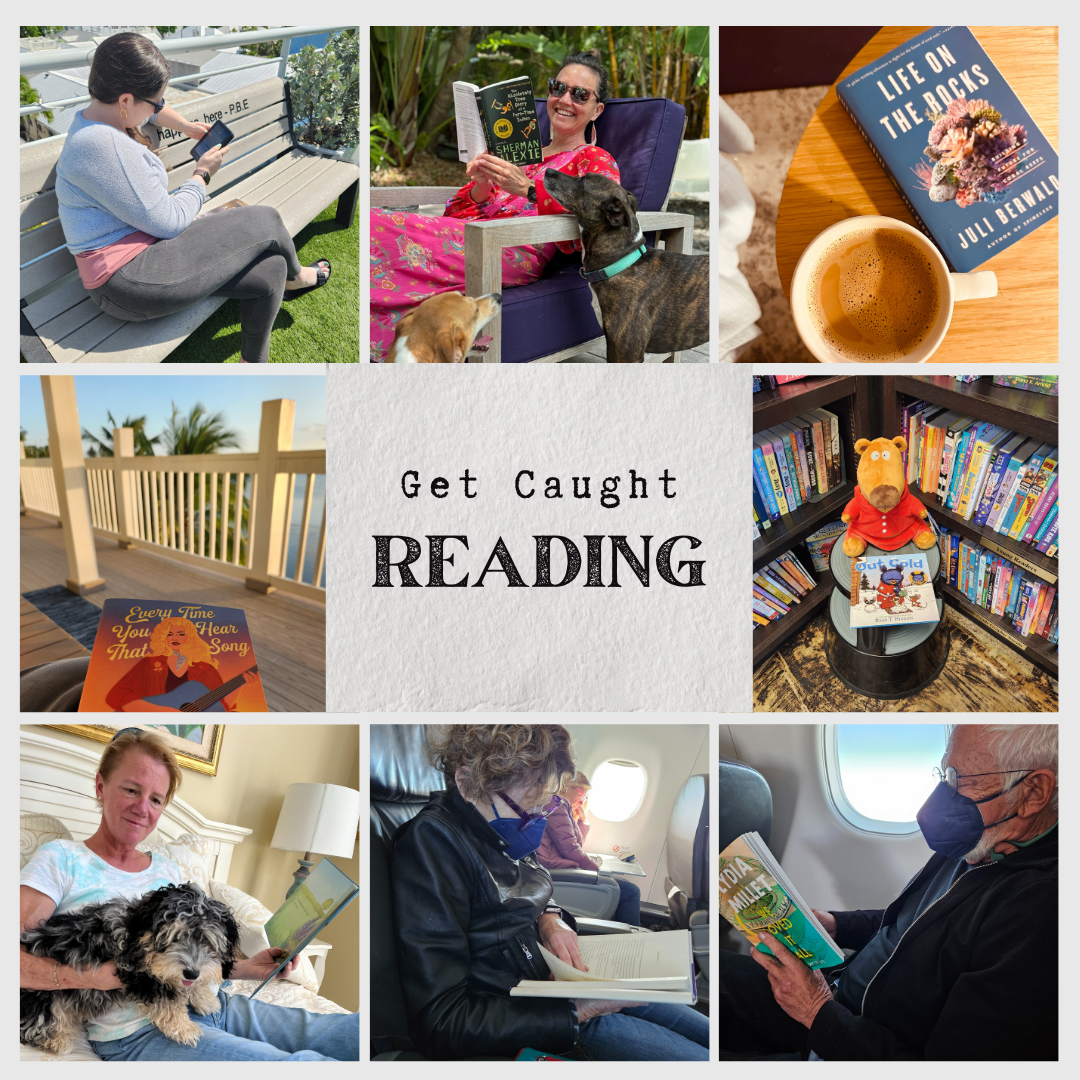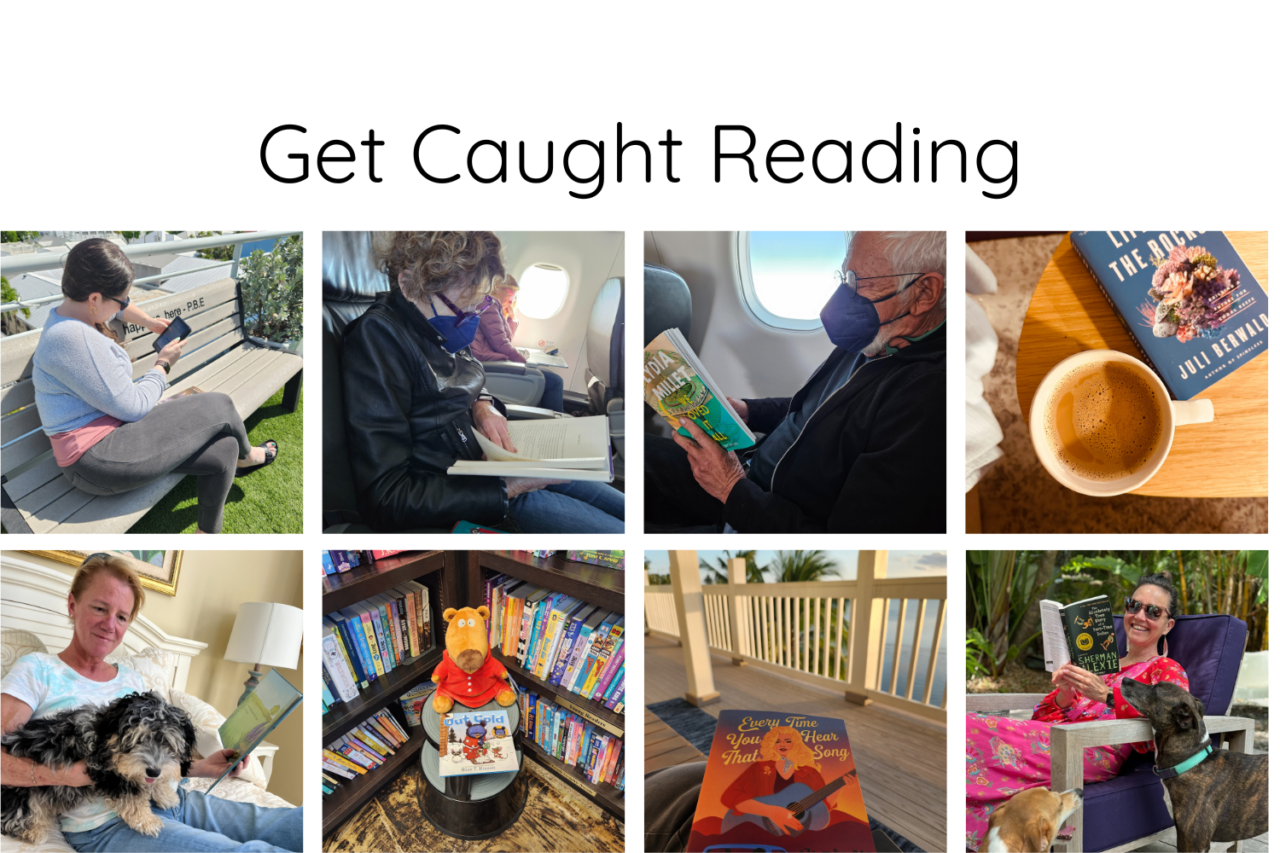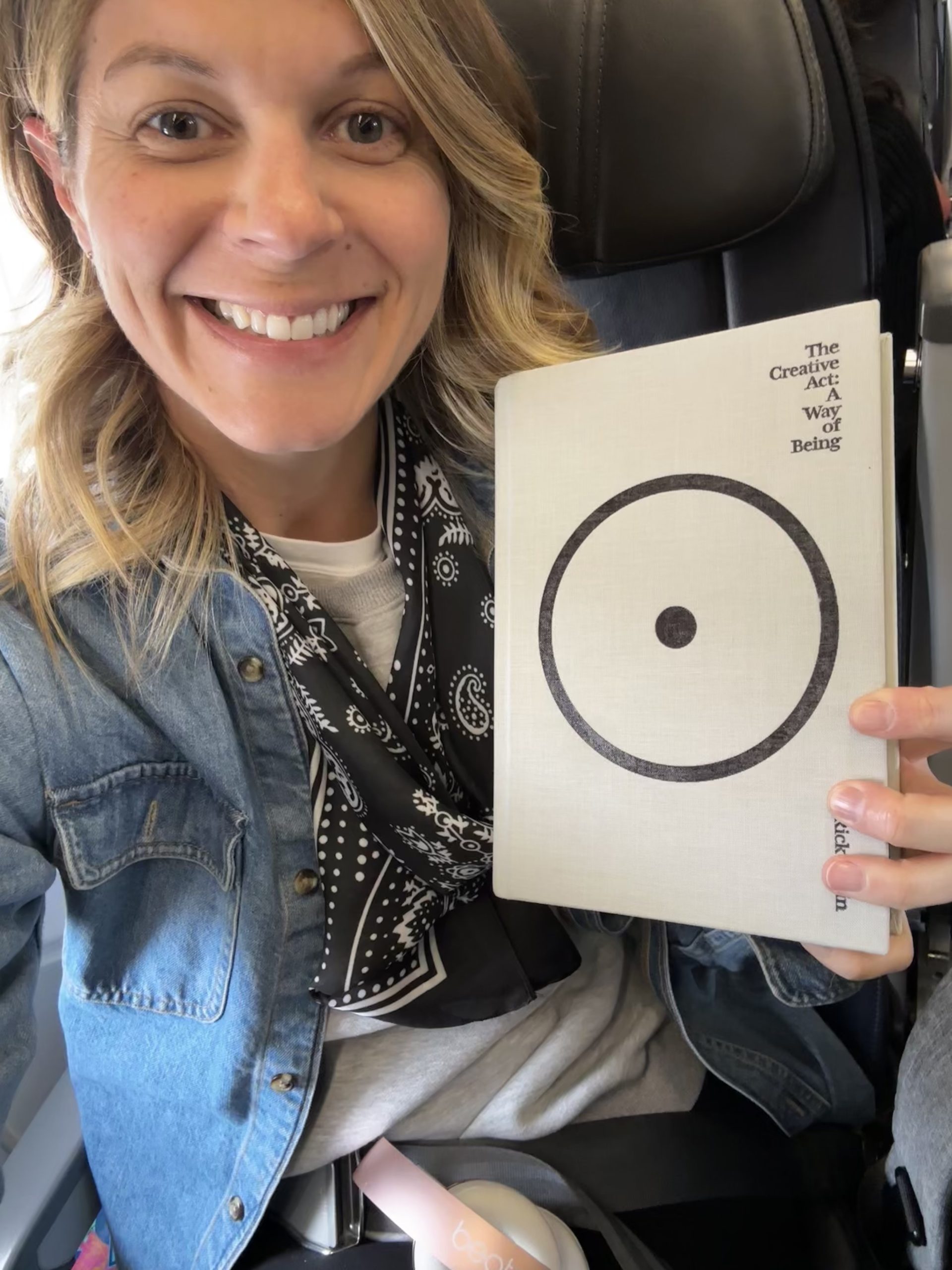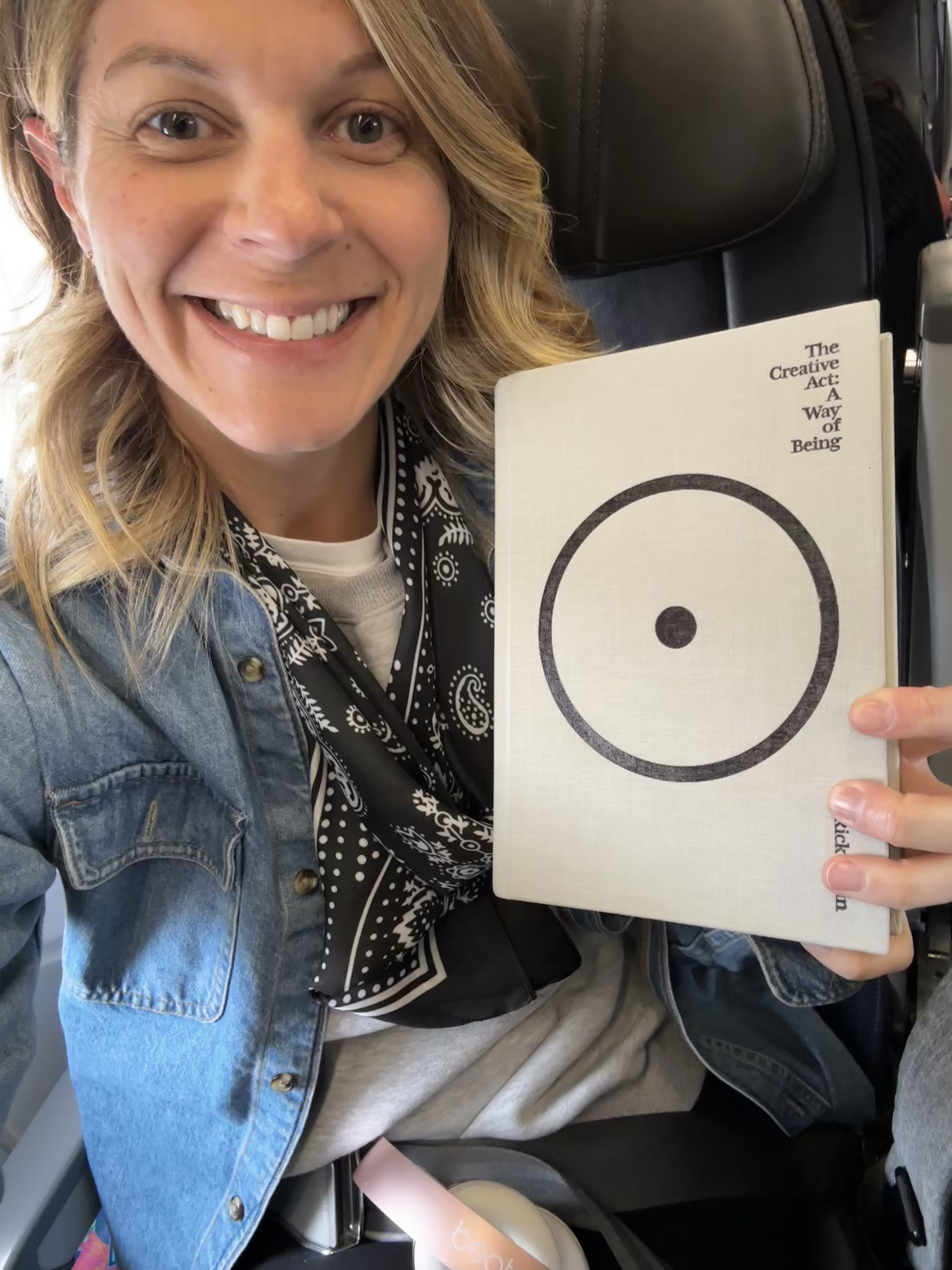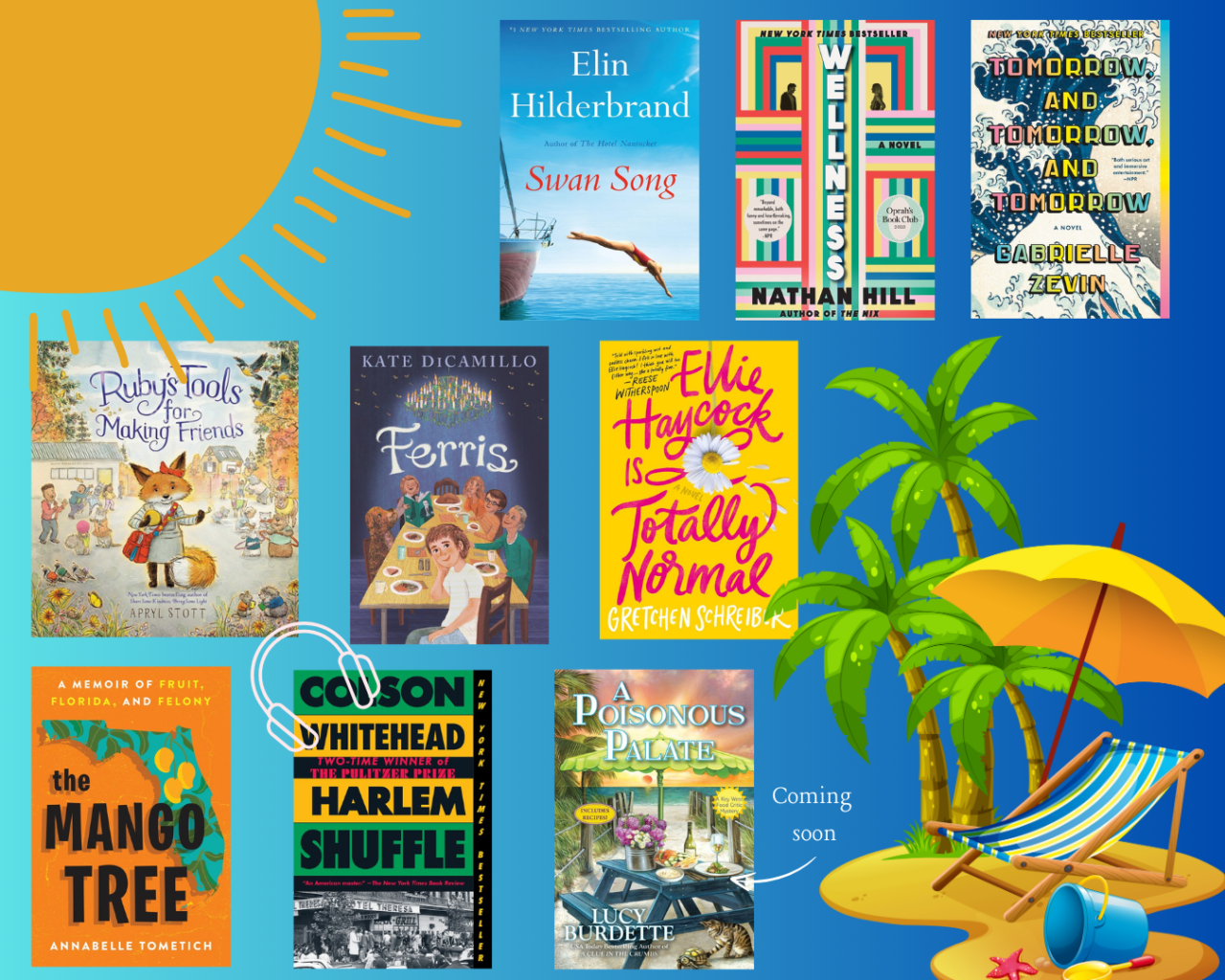
Take advantage of the lazy, hazy days of summer to dive into a good book. Pick up Elin Hilderbrand’s last Nantucket novel, or a store favorite newly in paperback, or nonfiction that will take you for a wild ride.
Try an audiobook for your summer road trip or to keep your mind occupied as spring cleaning turns to summer upkeep. Plus, keep your kids reading this summer with a fantastic new book.
Here are a few titles we’re enjoying this summer:
Swan Song by Elin Hilderbrand
The beloved #1 New York Times bestselling author brings her Nantucket novels to a brilliant finish: when rich strangers move to the island, social mayhem and a possible murder follow. Can Nantucket’s best locals save the day, and their way of life?
Chief of Police Ed Kapenash is about to retire. Blond Sharon is going through a divorce. But when a 22-million-dollar summer home is purchased by the mysterious Richardsons—how did they make their money, exactly?—Ed, Sharon, and everyone in the community are swept up in high drama. The Richardsons throw lavish parties, flirt with multiple locals, flaunt their wealth with not one but two yachts, and raise impossible hopes of everyone they meet. When their house burns to the ground and their most essential employee goes missing, the entire island is up in arms. The last of Elin Hilderbrand’s bestselling Nantucket novels, SWAN SONG is a propulsive medley of glittering gatherings, sun-soaked drama, wisdom and heart, featuring the return of some of her most beloved characters, including, most importantly, the beautiful and timeless island of Nantucket itself.
Wellness by Nathan Hill
When Jack and Elizabeth meet as college students in the gritty ’90s Chicago art scene, the two quickly join forces and hold on tight, each eager to claim a place in the thriving underground scene with an appreciative kindred spirit. Fast-forward twenty years to suburban married life, and alongside the challenges of parenting, they encounter the often-baffling pursuits of health and happiness from polyamorous would-be suitors to home-renovation hysteria.
For the first time, Jack and Elizabeth struggle to recognize each other, and the no-longer-youthful dreamers are forced to face their demons, from unfulfilled career ambitions to childhood memories of their own dysfunctional families. In the process, Jack and Elizabeth must undertake separate, personal excavations, or risk losing the best thing in their lives: each other.
Read Judy Blume’s review of Wellness, https://booksandbookskw.com/september-staff-pick-wellness
Tomorrow, and Tomorrow, and Tomorrow by Gabrielle Zevin
On a bitter-cold day, in the December of his junior year at Harvard, Sam Masur exits a subway car and sees, amid the hordes of people waiting on the platform, Sadie Green. He calls her name. For a moment, she pretends she hasn’t heard him, but then, she turns, and a game begins: a legendary collaboration that will launch them to stardom.
These friends, intimates since childhood, borrow money, beg favors, and, before even graduating college, they have created their first blockbuster, Ichigo. Overnight, the world is theirs. Not even twenty-five years old, Sam and Sadie are brilliant, successful, and rich, but these qualities won’t protect them from their own creative ambitions or the betrayals of their hearts.
Spanning thirty years, from Cambridge, Massachusetts, to Venice Beach, California, and lands in between and far beyond, Gabrielle Zevin’s Tomorrow, and Tomorrow, and Tomorrow examines the multifarious nature of identity, disability, failure, the redemptive possibilities in play, and above all, our need to connect: to be loved and to love.
Ruby’s Tools for Making Friends by Apryl Stott
A little fox uses tools to overcome anxiety and make friends at her new school in this heartfelt picture book from the creator of the New York Times bestseller Share Some Kindness, Bring Some Light!
It’s Ruby the fox’s first day at a new school. She’s a little nervous, but luckily, she has her tools to help: a tape measure to count her breaths if she feels overwhelmed, pliers to remind her to be flexible, and safety goggles to see things in a new way.
When Ruby finds out her class is having an egg drop competition, she wants to share her ideas, but she feels shy surrounded by all her talkative classmates. Can she use her tools to find the confidence to speak up, and maybe even make some new friends?
Ferris by Kate DiCamillo
The beloved author of Because of Winn-Dixie has outdone herself with a hilarious and achingly real love story about a girl, a ghost, a grandmother, and growing up.
It’s the summer before fifth grade, and for Ferris Wilkey, it is a summer of sheer pandemonium: Her little sister, Pinky, has vowed to become an outlaw. Uncle Ted has left Aunt Shirley and, to Ferris’s mother’s chagrin, is holed up in the Wilkey basement to paint a history of the world. And Charisse, Ferris’s grandmother, has started seeing a ghost at the threshold of her room, which seems like an alarming omen given that she is also feeling unwell. But the ghost is not there to usher Charisse to the Great Beyond. Rather, she has other plans—wild, impractical, illuminating plans. How can Ferris satisfy a specter with Pinky terrorizing the town, Uncle Ted sending Ferris to spy on her aunt, and her father battling an invasion of raccoons?
As Charisse likes to say, “Every good story is a love story,” and Kate DiCamillo has written one for the ages: emotionally resonant and healing, showing the two-time Newbery Medalist at her most playful, universal, and profound.
Ellie Haycock Is Totally Normal by Gretchen Schreiber
The Breakfast Club meets Five Feet Apart in this big-hearted novel from debut author Gretchen Schreiber.
Ellie Haycock has always separated her life into sections: Ellie at home and Ellie at the hospital. At home, Ellie is a proud member of her high school’s speech and debate team alongside her best friend and her boyfriend. At the hospital, Ellie has a team of doctors and a mom who won’t stop posting about the details of her illness online. It’s not hard for Ellie to choose which of the two she prefers.
But this latest hospital stay is different. Ellie becomes close with a group of friends, including Ryan, a first-timer who’s still optimistic about the doctors that Ellie stopped trusting years ago. Despite their differences, she can’t seem to keep him out of her head. Ellie’s life has never been ordinary—but maybe this time it will be extraordinary.
The Mango Tree: A Memoir of Fruit, Florida, and Felony by Annabelle Tometich
When journalist Annabelle Tometich picks up the phone one June morning, she isn’t expecting a collect call from an inmate at the Lee County Jail. And when she accepts, she certainly isn’t prepared to hear her mother’s voice on the other end of the line. However, explaining the situation to her younger siblings afterwards was easy; all she had to say was, “Mom shot at some guy. He was messing with her mangoes.” They immediately understood. Answering the questions of the breaking-news reporter—at the same newspaper where Annabelle worked as a restaurant critic––proved more difficult. Annabelle decided to go with a variation of the truth: it was complicated.
So begins The Mango Tree, a poignant and deceptively entertaining memoir of growing up as a mixed-race Filipina “nobody” in suburban Florida as Annabelle traces the roots of her upbringing—all the while reckoning with her erratic father’s untimely death in a Fort Myers motel, her fiery mother’s bitter yearning for the country she left behind, and her own journey in the pursuit of belonging.
With clear-eyed compassion and piercing honesty, The Mango Tree is a family saga that navigates the tangled branches of Annabelle’s life, from her childhood days in an overflowing house flooded by balikbayan boxes, vegetation, and juicy mangoes, to her winding path from medical school hopeful to restaurant critic. It is a love letter to her fellow Filipino Americans, her lost younger self, and the beloved fruit tree at the heart of her family. But above all, it is an ode to Annabelle’s hot-blooded, whip-smart mother Josefina, a woman who made a life and a home of her own, and without whom Annabelle would not have herself.
Harlem Shuffle by Colson Whitehead
“Ray Carney was only slightly bent when it came to being crooked…” To his customers and neighbors on 125th street, Carney is an upstanding salesman of reasonably priced furniture, making a decent life for himself and his family. He and his wife Elizabeth are expecting their second child, and if her parents on Striver’s Row don’t approve of him or their cramped apartment across from the subway tracks, it’s still home.
Few people know he descends from a line of uptown hoods and crooks, and that his façade of normalcy has more than a few cracks in it. Cracks that are getting bigger all the time.
Cash is tight, especially with all those installment-plan sofas, so if his cousin Freddie occasionally drops off the odd ring or necklace, Ray doesn’t ask where it comes from. He knows a discreet jeweler downtown who doesn’t ask questions, either.
Then Freddie falls in with a crew who plan to rob the Hotel Theresa—the “Waldorf of Harlem”—and volunteers Ray’s services as the fence. The heist doesn’t go as planned; they rarely do. Now Ray has a new clientele, one made up of shady cops, vicious local gangsters, two-bit pornographers, and other assorted Harlem lowlifes.
Thus begins the internal tussle between Ray the striver and Ray the crook. As Ray navigates this double life, he begins to see who actually pulls the strings in Harlem. Can Ray avoid getting killed, save his cousin, and grab his share of the big score, all while maintaining his reputation as the go-to source for all your quality home furniture needs?
Harlem Shuffle’s ingenious story plays out in a beautifully recreated New York City of the early 1960s. It’s a family saga masquerading as a crime novel, a hilarious morality play, a social novel about race and power, and ultimately a love letter to Harlem.
But mostly, it’s a joy to read, another dazzling novel from the Pulitzer Prize and National Book Award-winning Colson Whitehead.
Robin recommends Harlem Shuffle as an audiobook. And check out the sequel, Crook Manifesto.
Coming soon!
A Poisonous Palate (A Key West Food Critic Mystery #14) by Lucy Burdette
When food critic Hayley Snow receives an intriguing email about a mysterious, decades-old disappearance, her curiosity is piqued. Writer Catherine Davitt has returned to the Keys to research a book about Hemingway’s wives, but she’s also on the hunt for the truth about her missing friend. Hayley quickly agrees to help investigate and they hit the road to see what clues they might find.
Back in the late 1970s, Catherine and her friend Veronica were part of a group of lost souls camping in the mangroves of Big Pine Key, until Veronica vanished, and the sheriff’s office cleared out the camp. Catherine and Hayley begin interviewing Big Pine Key residents who were around at the time of Veronica’s disappearance, but uncover more questions than answers.
Catherine and Hayley stop to speak with a motel owner who frequented the fringes of the commune, but they find him stabbed to death. Then Catherine also goes missing, and signs point to a connection between the old case and the new murder. It’s up to Hayley to unravel the knot of secrets and lies before time runs out.

